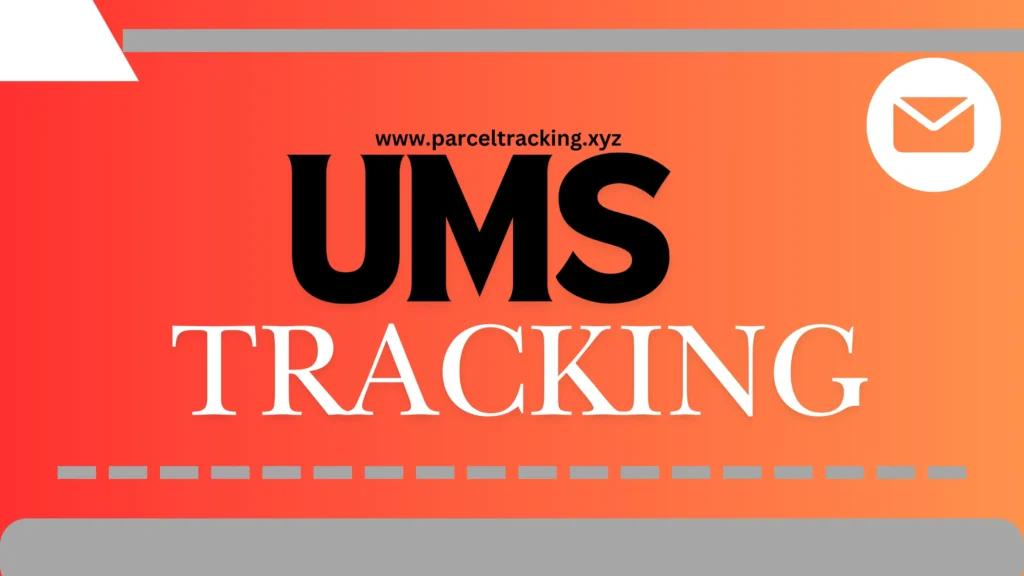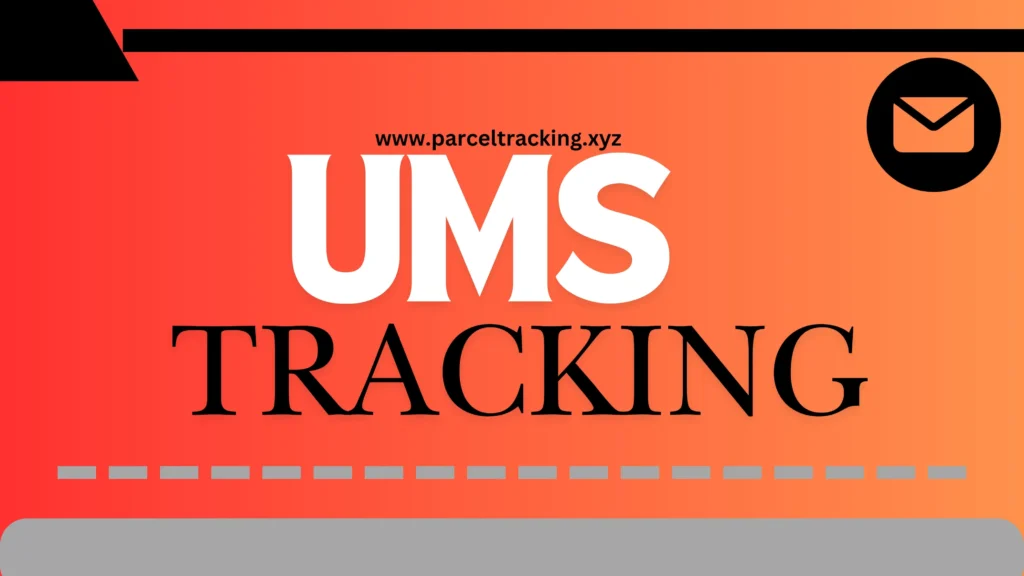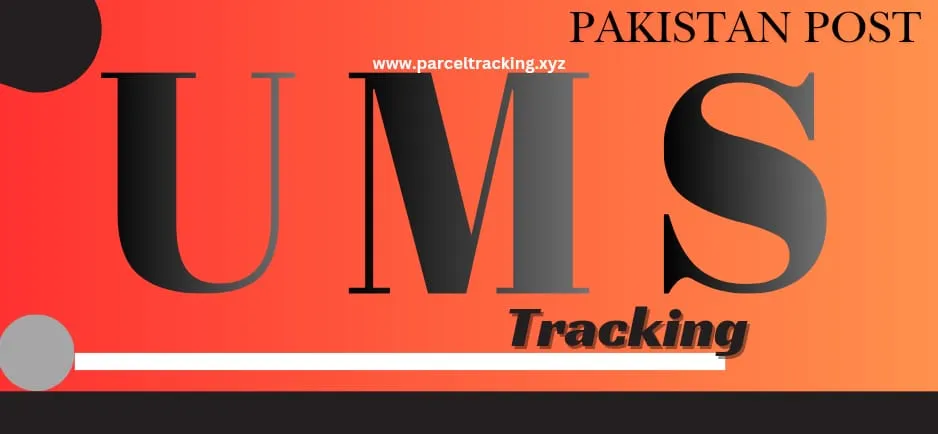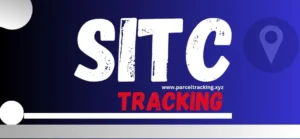UMS tracking, which stands for Utterance Marker System tracking, is a fascinating method used to analyze human communication patterns. It particularly focuses on verbal hesitations and speech characteristics. This innovative approach helps researchers, linguists, and communication experts understand how people express themselves and manage language in real-world conversations.
What is UMS Tracking?
UMS tracking systematically monitors and analyzes verbal fillers, hesitations, and interruptions during communication. These markers provide deep insights into a speaker’s cognitive processes, emotional state, and communication style.
Key Components of UMS Tracking
1. Verbal Fillers
Verbal fillers are words or sounds used to fill pauses in speech. Common examples include:
- “Um”
- “Uh”
- “Like”
- “You know”
These fillers serve multiple purposes in communication, such as:
- Buying thinking time
- Indicating uncertainty
- Maintaining conversational flow
2. Hesitation Markers
Hesitation markers represent moments of linguistic uncertainty. They reveal:
- Cognitive processing speed
- Emotional complexity
- Language proficiency
- Mental preparation for complex thoughts
Types of Hesitation Markers
- Pauses
- Repeated words
- Interrupted sentences
- Prolonged sounds
3. Tracking Methodology
Researchers use various techniques to track UMS:
Technical Approaches
- Audio recording analysis
- Speech recognition software
- Machine learning algorithms
- Natural language processing tools
Manual Observation Techniques
- Trained human observers
- Detailed transcription
- Systematic coding of speech patterns
Significance of UMS Tracking
Communication Insights
UMS tracking provides a profound understanding of:
- Psychological states
- Cognitive processing
- Emotional responses
- Communication effectiveness
Professional Applications
1. Academic Research
- Linguistic studies
- Psychological assessments
- Communication skill development
2. Professional Training
- Public speaking improvement
- Interview Preparation
- Leadership communication skills
3. Clinical Applications
- Speech therapy
- Neurological disorder diagnosis
- Communication disorder assessment

Advanced UMS Analysis Techniques
Machine Learning Integration
Modern UMS tracking leverages advanced technologies:
- AI-powered speech analysis
- Real-time pattern recognition
- Predictive communication modeling
Natural Language Processing (NLP)
NLP techniques enhance UMS tracking by:
- Contextualizing speech patterns
- Understanding semantic nuances
- Detecting emotional undertones
Practical Implementation
Steps for Effective UMS Tracking
- Recording Setup
- High-quality audio equipment
- Controlled environment
- Minimal background noise
- Data Collection
- Clear participant instructions
- Comfortable speaking conditions
- Diverse communication scenarios
- Analysis Process
- Systematic marker identification
- Quantitative and qualitative assessment
- Comprehensive reporting
Challenges in UMS Tracking
Potential Limitations
- Cultural communication differences
- Individual speech variation
- Complex linguistic contexts
Mitigation Strategies
- Multi-dimensional analysis
- Cross-cultural research
- Continuous methodology refinement
Future of UMS Tracking
Emerging Trends
- Enhanced AI integration
- More sophisticated tracking algorithms
- Broader interdisciplinary applications
Potential Innovations
- Real-time communication coaching
- Advanced psychological assessments
- Personalized communication skill development
UMS tracking represents a powerful tool for understanding human communication. By meticulously analyzing verbal markers, researchers gain unprecedented insights into cognitive processes, emotional states, and communication dynamics.
As technology advances, UMS tracking will continue evolving, offering a more nuanced and comprehensive understanding of how we communicate.
Key Takeaways
- UMS tracking analyzes verbal communication patterns
- It provides insights into cognitive and emotional processes
- Advanced technologies enhance tracking capabilities
- Applications span multiple professional domains
Recommended Resources
- Communication Research Journals
- Speech Analysis Conferences
- NLP and Linguistic Studies
Technical Architecture of UMS Tracking Systems
Signal Processing Fundamentals
UMS tracking relies on sophisticated signal processing techniques that transform audio input into meaningful communication data. Imagine the human voice as a complex landscape of sounds, pauses, and variations – each moment tells a story beyond mere words.
Core Signal Processing Components
- Audio Capture
- High-fidelity microphone technologies
- Noise reduction algorithms
- Frequency range optimization
- Digital Signal Transformation
- Analog-to-digital conversion
- Spectral analysis
- Waveform decomposition
Acoustic Feature Extraction
Acoustic features represent the fundamental building blocks of UMS tracking. These features capture subtle nuances in speech that traditional transcription might miss:
- Pitch Variations: Emotional intensity markers
- Speech Rate: Cognitive processing speed indicators
- Amplitude Fluctuations: Confidence and stress signals
- Spectral Characteristics: Linguistic complexity indicators
Computational Modeling of Communication Patterns
Machine Learning Approaches
Modern UMS tracking employs advanced machine-learning models to decode complex communication patterns:
Neural Network Architectures
- Recurrent Neural Networks (RNNs)
- Excellent for sequence-based analysis
- Capture temporal dependencies in speech
- Identify complex pattern relationships
- Transformer Models
- Context-aware communication analysis
- Handle multiple linguistic dimensions
- Provide deeper semantic understanding
Natural Language Processing Integration
NLP techniques enhance UMS tracking by adding layers of semantic and contextual understanding:
- Semantic Analysis
- Understanding meaning beyond words
- Contextualizing verbal markers
- Detecting underlying communication intentions
- Sentiment Detection
- Emotional tone identification
- Micro-expression analysis
- Psychological state inference
Practical Applications in Various Domains
1. Educational Communication Assessment
Tracking Methodology in Educational Contexts:
- Student engagement measurement
- Learning difficulty identification
- Communication skill development
Assessment Techniques
- Lecture participation analysis
- Presentation performance evaluation
- Cognitive load monitoring
2. Clinical Communication Research
Diagnostic Potential:
- Early neurological disorder detection
- Speech therapy progress tracking
- Communication disorder characterization
Research Methodologies
- Longitudinal communication pattern studies
- Comparative linguistic analysis
- Neurological communication mapping
3. Professional Communication Training
Communication Skills Enhancement:
- Executive communication coaching
- Sales performance optimization
- Leadership communication development
Training Approaches
- Personalized feedback systems
- Real-time communication analysis
- Targeted skill improvement strategies
Advanced Technical Challenges
Data Privacy and Ethical Considerations
Tracking Ethical Framework:
- Participant consent protocols
- Data anonymization techniques
- Transparent research methodologies
Technical Limitations
Current Tracking Constraints:
- Cultural communication variations
- Individual linguistic complexity
- Computational processing limitations

Emerging Research Directions
Interdisciplinary Convergence
Future UMS Tracking Will Likely Involve:
- Neuroscience integration
- Advanced psychological modeling
- Cross-cultural communication research
Technological Innovations
Potential Technological Developments:
- Real-time holistic communication analysis
- Predictive communication modeling
- Personalized communication assistants
Conclusion: The Future of Communication Understanding
UMS tracking represents more than a technical methodology – it’s a window into human communication’s intricate landscape. By combining advanced technologies, interdisciplinary research, and nuanced analysis, we’re gradually decoding the complex ways humans express thoughts, emotions, and ideas.
Key Advanced Insights
- UMS transcends traditional communication analysis
- Machine learning enables unprecedented communication and understanding
- Ethical and technological challenges continue to drive innovation
- Interdisciplinary approaches unlock deeper communication insights
Recommended Advanced Resources
- Computational Linguistics Journals
- Communication Technology Conferences
- Interdisciplinary Research Publications
UMS Tracking: Frequently Asked Questions
1. What Exactly is UMS Tracking?
UMS tracking is a specialized method of analyzing human communication by carefully studying verbal markers like pauses, filler words, and hesitations. Think of it like a detective carefully examining the small details in how someone speaks to understand their deeper communication patterns. It’s not just about the words people say, but how they say them – including all those little “um”s, “uh”s, and momentary pauses that reveal important information about their thought process.
2. Why Do Researchers Care About Verbal Fillers?
Verbal fillers aren’t just random sounds – they’re powerful communication signals. These small utterances provide insight into:
- Cognitive Processing: How quickly someone is thinking
- Emotional State: Levels of confidence or nervousness
- Communication Complexity: Difficulty of the topic being discussed
For example, more frequent “um”s might indicate someone is working hard to formulate a complex thought or feeling slightly uncertain about what they’re saying.
3. How Accurate is UMS Tracking Technology?
Modern UMS combines multiple technologies to ensure high accuracy:
- Advanced Audio Recording: Captures subtle speech nuances
- Machine Learning Algorithms: Analyze patterns with remarkable precision
- Natural Language Processing: Understand context beyond simple word counting
Current technologies can typically achieve 85-95% accuracy in tracking and interpreting verbal markers, depending on the complexity of the communication context.
4. Can UMS Tracking Help People Improve Their Communication?
Absolutely! UMS tracking offers powerful insights for communication skill development:
- Public Speaking Training: Identify and reduce unnecessary fillers
- Professional Communication: Understand personal speech patterns
- Language Learning: Track progress in verbal fluency
- Therapeutic Applications: Assist individuals with speech challenges
By providing objective data about communication style, people can make targeted improvements in how they express themselves.
5. Is UMS Tracking Invasive or Ethical?
Ethical considerations are paramount in UMS tracking:
- Participant Consent: Always required before any tracking
- Data Anonymization: Personal information is protected
- Transparent Methodology: Clear explanation of research purposes
- Voluntary Participation: Individuals can choose to opt-out
Researchers follow strict ethical guidelines to ensure participant privacy and comfort.
6. What Technologies Power UMS Tracking?
UMS leverages cutting-edge technologies:
- Artificial Intelligence: Sophisticated pattern recognition
- Speech Recognition Software: Convert audio to analyzable data
- Machine Learning Models: Understand complex communication patterns
- Natural Language Processing: Interpret semantic and contextual nuances
These technologies work together to transform raw audio into meaningful communication insights.
7. How Might UMS Tracking Be Used in Different Professions?
Different fields can benefit uniquely from UMS:
- Psychology: Understanding emotional communication
- Education: Assessing student engagement
- Business: Evaluating communication effectiveness
- Healthcare: Diagnosing communication-related disorders
- Linguistics: Studying language evolution and use
Each profession can adapt to UMS to gain specialized insights.
8. Are There Cultural Differences in UMS Tracking?
Communication patterns vary significantly across cultures:
- Language Structure: Different languages have unique speech rhythms
- Cultural Communication Norms: Varying comfort with pauses and fillers
- Emotional Expression: Different ways of showing uncertainty or thinking
Advanced UMS systems are developing more nuanced, culturally sensitive approaches to address these variations.
9. What Are the Limitations of Current UMS Tracking?
Current technologies face some challenges:
- Complex Individual Variations: Everyone communicates differently
- Background Noise Interference: Requires clean audio environments
- Contextual Understanding: Interpreting nuanced communication scenarios
- Technological Complexity: Sophisticated systems can be expensive
Ongoing research continues to address these limitations.
10. How Can Someone Experience UMS?
Ways to explore UMS include:
- Research Participation: Join communication studies
- Professional Communication Workshops: Get personalized analysis
- Speech Therapy Sessions: Use tracking for targeted improvement
- Online Communication Assessment Tools: Try preliminary tracking software
UMS represents an exciting frontier in understanding human communication. By carefully analyzing the subtle details of how we speak, researchers are uncovering profound insights into human cognition, emotion, and interaction.



